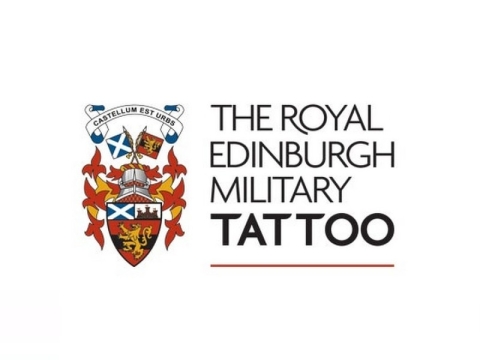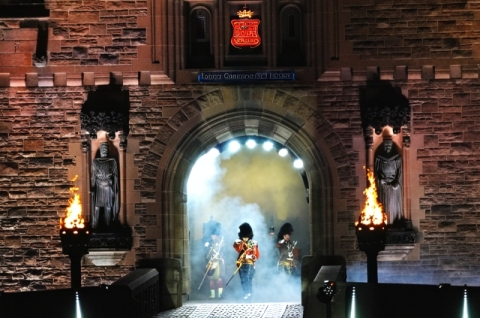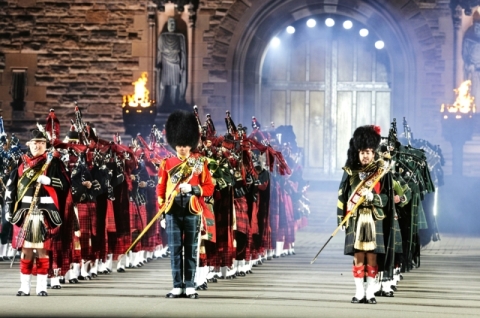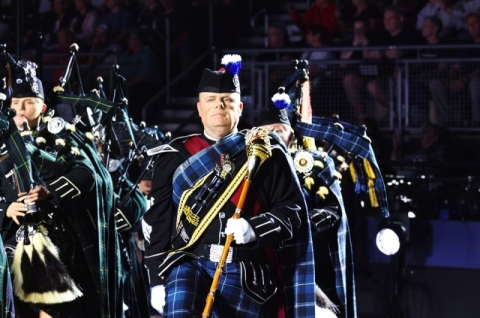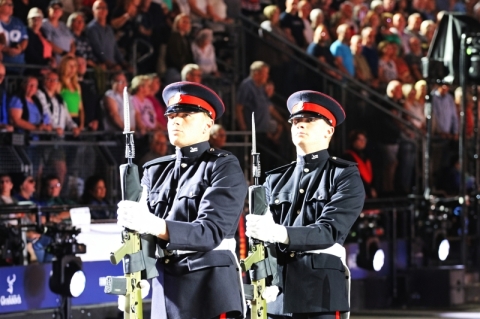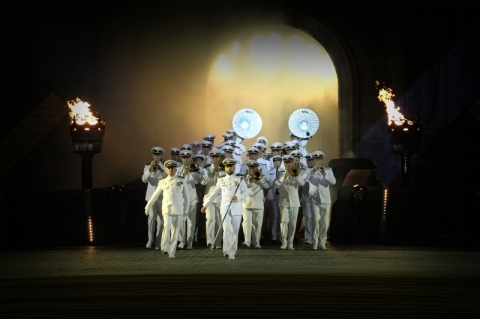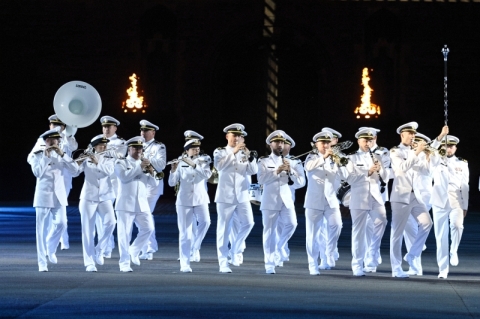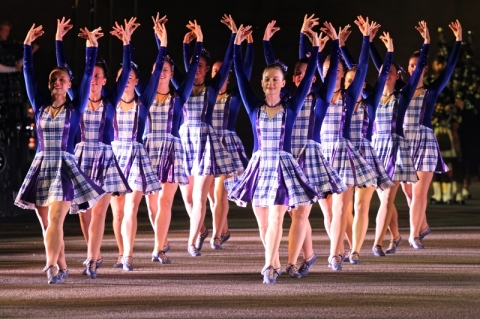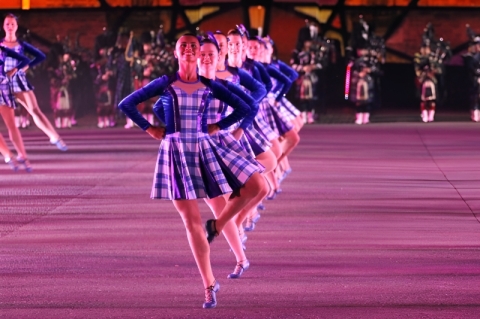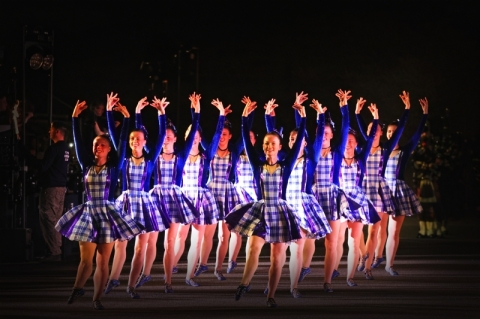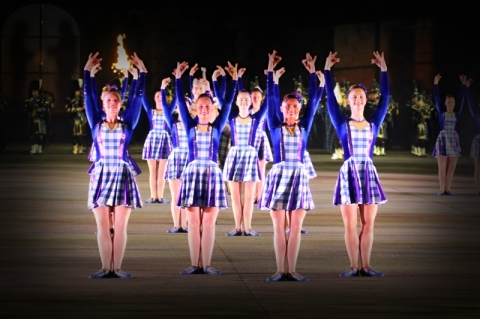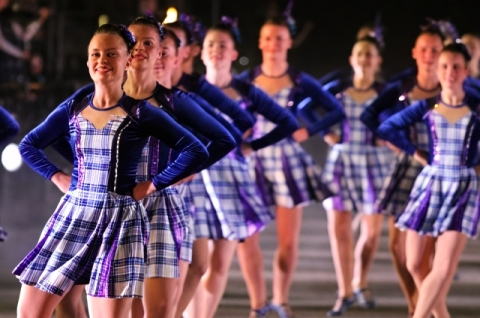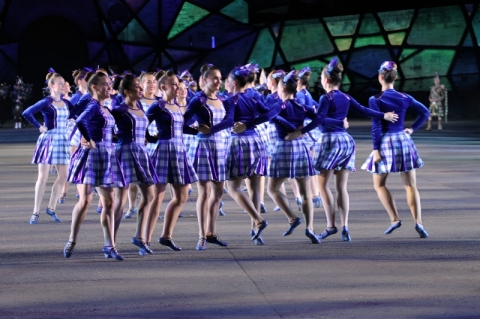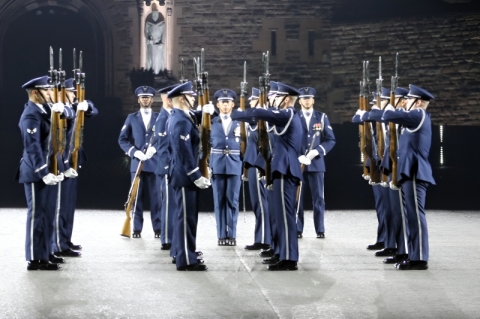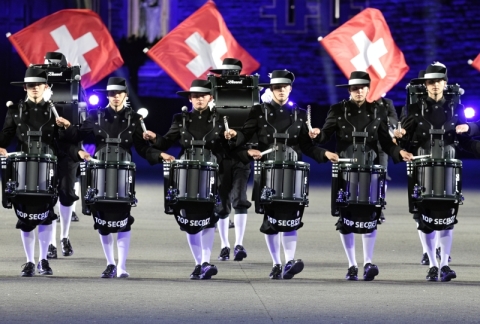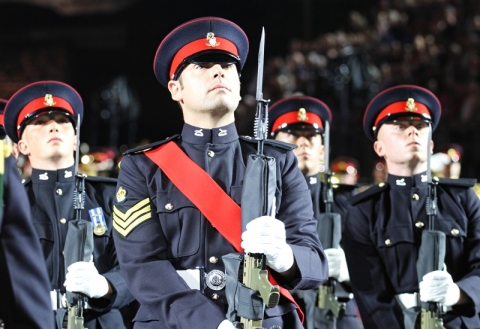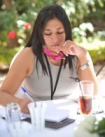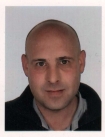News
The 2025 Royal Edinburgh Military Tattoo
The Heroes Who Made Us

(Source: © Copyright 2025 Daren Frankish)
This year’s show is the debut for Creative Director Alan Lane, who brings storytelling to the forefront. A “Storyteller”, portrayed by Scottish actor Terence Rae, will guide audiences through a journey celebrating both the Tattoo’s history and the everyday heroes within our communities
Musical Highlights include a poignant rendition of the “74th Slow March”, in tribute to the brave 74th (Highland) Regiment, and “Now That’s What I Call Tattoo 75”, featuring favourite hits from the past seven decades.The Tattoo has pledged an additional 75 pence per ticket sold in 2025 to St Columba’s Hospice, selected through a public vote. In 2024, the Tattoo donated £750,000 to military and arts charities.
The Royal Edinburgh Military Tattoo is one of Scotland’s most famous annual events, blending military precision, music, and pageantry against the dramatic backdrop of Edinburgh Castle. It began in 1950, inspired by the long tradition of military “tattoos” — evening performances of music or drills, originally used as signals for soldiers to return to their quarters. The word “tattoo” comes from the Dutch doe den tap toe, meaning “turn off the taps,” a call for innkeepers to stop serving and troops to return to camp.
The first Edinburgh Tattoo was staged as part of the Edinburgh International Festival, featuring just eight items in the programme and attracting a modest audience. It was held on the Castle Esplanade, a location that has remained its iconic home ever since. From the start, the Massed Pipes and Drums of Scottish regiments were a defining feature, accompanied by military bands, display teams, and ceremonial units.
Over the decades, the Tattoo grew into a global showcase. Performers now come from across the UK and around the world, including military units from the Commonwealth, Europe, Asia, and the Americas. It has developed a strong visual spectacle, incorporating massed marching displays, precision drills, dance, theatre, lighting effects, and fireworks. Each year has a unique theme, often tied to Scottish heritage, international friendship, or significant anniversaries.
While its roots are in military tradition, the Tattoo is also a charitable enterprise, donating millions over the years to military and arts charities. It has only been cancelled a handful of times — due to weather, major events, or, most notably, the COVID-19 pandemic in 2020 and 2021.
Today, the Royal Edinburgh Military Tattoo draws audiences of around 220,000 in person each August, with millions more watching broadcasts worldwide. It remains both a celebration of military heritage and a living symbol of Scotland’s place on the international stage.
Today, the Royal Edinburgh Military Tattoo draws audiences of around 220,000 in person each August, with millions more watching broadcasts worldwide. It remains both a celebration of military heritage and a living symbol of Scotland’s place on the international stage.
more information: https://www.edintattoo.co.uk/
Liability for this article lies with the author, who also holds the copyright. Editorial content from USPA may be quoted on other websites as long as the quote comprises no more than 5% of the entire text, is marked as such and the source is named (via hyperlink).

